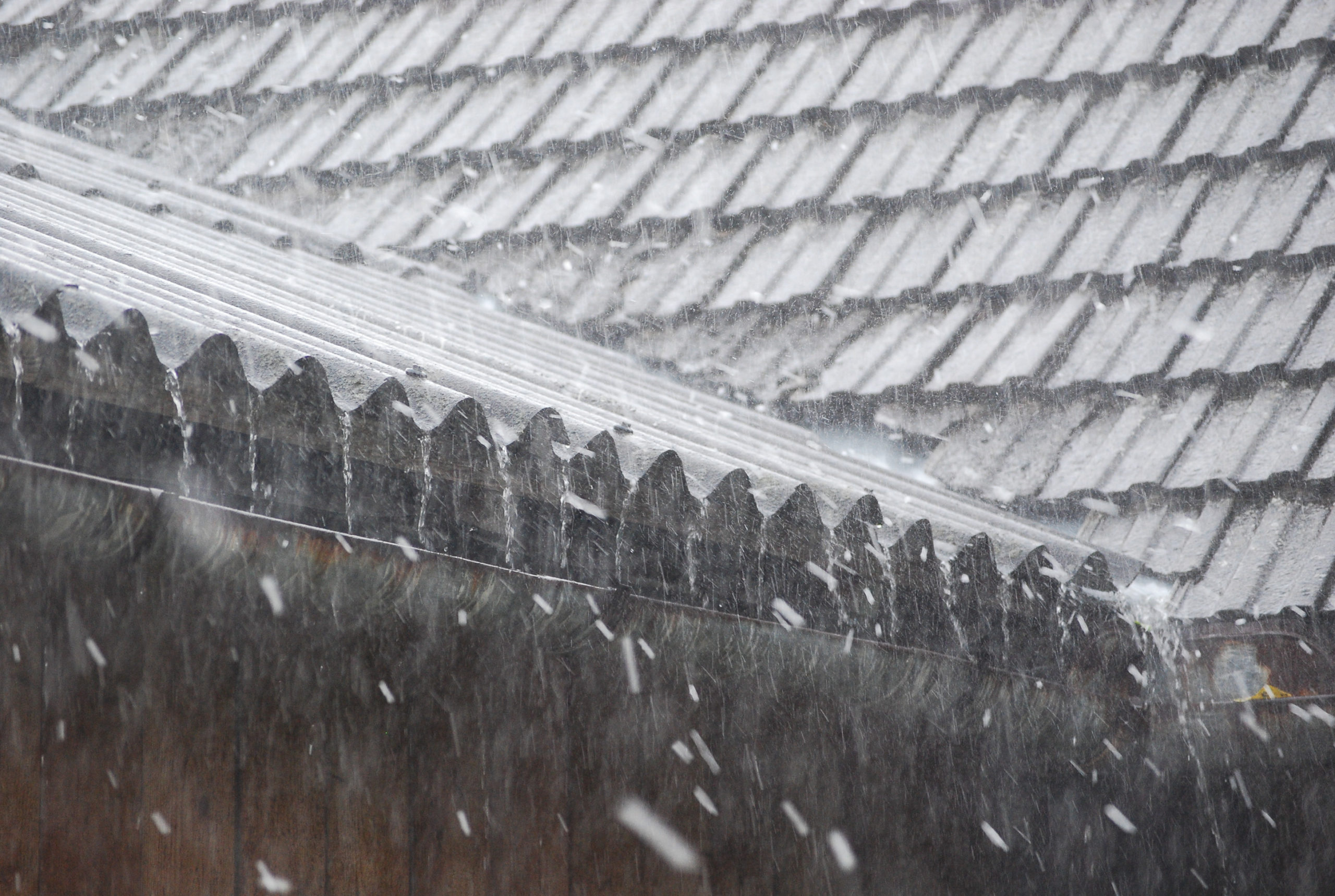
21 Feb When It Rains, It Pours: Rain And Your Roofing
Living in Florida invariably requires a constant eye on the forecast. After all, rain showers and thunderstorms alike frequently occur across the state, no matter the time of year.
Thus, it’s important to always maintain your roof so that it may weather the elements and remain resistant to rain.
Here’s what you need to know before hurricane season returns in full force…
Running Down The Roofing Basics
As we delve into the types of roofing that are best-suited to withstand high volumes of annual rain, it’s best to first get one primary detail out of the way: your roof’s pitch.
While flat roofs are popular among commercial properties and have recently made a comeback within the general residential populace, it’s important to note that flat roofs are the most vulnerable to sitting water. That is, they may easily amass heavy weight by virtue of the rain, thereby causing heavy damage, staining, and rotting, if not ultimate roof failure.
Thus, we encourage you to opt for a steep pitch.
Otherwise, in terms of materials, we encourage Floridians to explore clay tiles, metal composites, and slate roofing. Not only are all of these materials resistant to the rain but, with constant exposure to sunshine and humidity, they are also least likely to rot or grow mold.
Finally, if you’re constructing your home while leaning fully into the future of sustainability, the new trend of green roofing may be an option for you.
Taking It From The Top
With all of the construction angles and materials out of the way, you may next find yourself wondering: how, exactly, are roofs constructed to withstand heavy rain and water damage?
We’ll walk you through from the top-down in terms of design components.
First, there is the flashing of your roof, otherwise known as the thin weatherproofing material set to where the roof itself is joined with a dormer or vent pipes, as well as the chimney and/or skylights if your home features any. If your flashing is corroded or is otherwise slipping due to cracking or peeling sealant, you’ll want to attend to it right away.
In this regard, we also encourage you to inspect your vents for any malfunctions that may allow rain to leak inside.
Next, the soffits and fascias of your home — which are on the underside of your roof — perform a functionally integral role in terms of protecting your home’s rafters from rain and other potentially damaging elements.
Finally, your gutters and downspouts lead the rainfall down your home and safely away from its base as it flows off of the roof.
Remaining Diligent, Reducing Damage
When it comes to avoiding rain and storm damage on your roof, we recommend checking on all of the aforementioned roofing components, as they all work cohesively to minimize the overall impact of weather on your home.
However, we understand that this may not be an endeavor you can take on by yourself, which is precisely why our certified team offers FREE roof inspections!
For over 27 years, Universal Roof and Contracting has been providing unparalleled roofing maintenance and inspection services to property owners throughout Jacksonville and Central Florida. Whether you are seeking to find roofing solutions prior to the upcoming storm season or professional help after the damage has occurred, we guarantee you’ll find the difference is universal with us!
To learn more about our services and expertise, contact us today by calling 855-ROOF-HELP!



